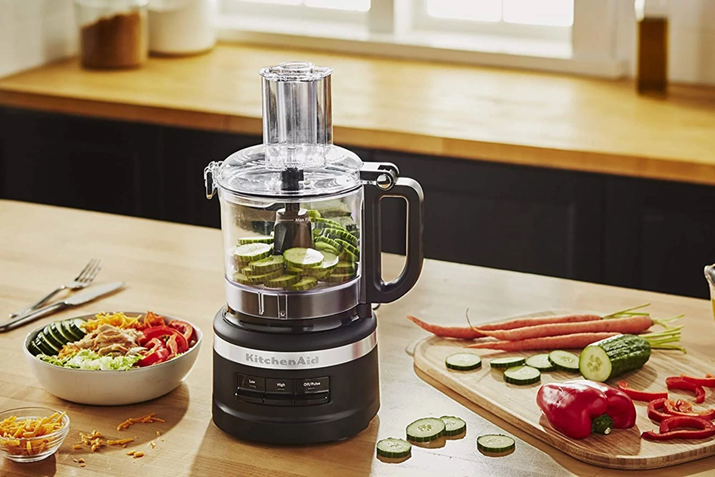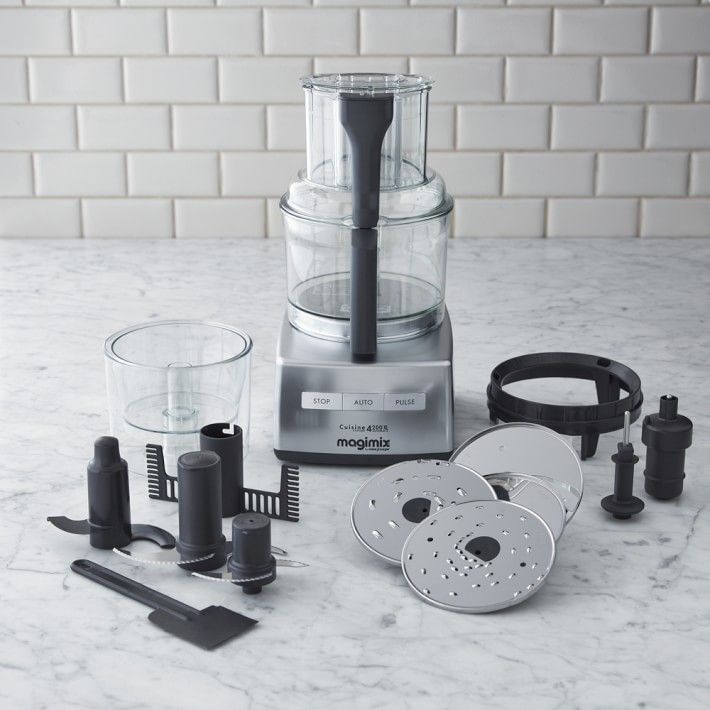Introduction
A food processor seems like one of those kitchen gadgets that, once owned, makes a person wonder how they ever survived without it. It is one of the broadest ranges of cooking equipment, acting as your own sous chef, cutting, combining, and mixing a number of ingredients while saving time and effort. The wide functionality of the device allows one to cook meals for the whole family without spending too much time. Having acquired such a technique as an assistant will several times simplify the routine processes associated with cooking.

Food Processor Parts and How to Use Them
Bowl
The bowl is the biggest component of any food processor; it is placed and prepared. In most instances, the bowl is translucent and made of plastic or glass, allowing you to view what’s within. The bowl also adds a layer of protection by limiting unnecessary contact with the rotating blades. Some bowls have a handle that serves for more convenience. The container may also have graduations and marks for ease of use.
Blades
A food processor has various types of blades; these are often constructed of steel material and a sealant, which is a silicone seal circle. Thanks to them, products can be cut into different sizes and shapes for first courses and salads. The package usually includes several types of attachments used for different purposes.
Controls
The two types of possible mechanism control are reduced to mechanical and touch. Mechanical controls can usually be represented as switches or rotary knobs. This option can be considered more ergonomic and inexpensive to maintain, in contrast to the opponent. The touch control panel on the food processor is a more modern option than previously described but also more expensive. There is a typical on/off toggle and different energy, method, and tempo options.
Cover
A transparent cover with a hole for adding food is not always supplied with the combine. However, this is a very handy thing when working with flour and liquid ingredients, which can be scattered throughout the kitchen without it.
Jar
This attachment, often termed the blender jar, is used to mix warm or cold drinks. It is also useful for crushing ice crystals.
Locking Collar Ring
This element keeps the bowl or container from spinning while the engine turns the blades within.
Motor Spindle
This is the food processor’s “spinal chord” since numerous plates and plugs allow the device to execute specific jobs.
Motor Assembly
The food processor’ base contains the motor and the internal power supply. To turn on the device, one must plug the power cord into an electrical outlet.
Slip-Proof Feet
Usually, food processors have these specific feet that keep them from moving while in operation. During food processing, the motor runs at high speeds, which creates a constant vibration. This component also protects tables and surfaces from any harm while the device is in operation.

Conclusion
A food processor is a versatile food preparation device; it is not large, but at the same time, its functionality contains almost everything that is needed in the kitchen. The device can be called a compact kitchen because of its versatility, making it so widespread. The appliance will greatly facilitate a home cook’s life, transforming cooking from an everyday routine into culinary art.
References
Food And Wine. (2021). The ten best food processors for chopping, slicing and dicing in seconds [Photograph].
Good Housekeeping Home. (2021). 11 Best Food Processors of 2021, according to kitchen appliance experts [Photograph].